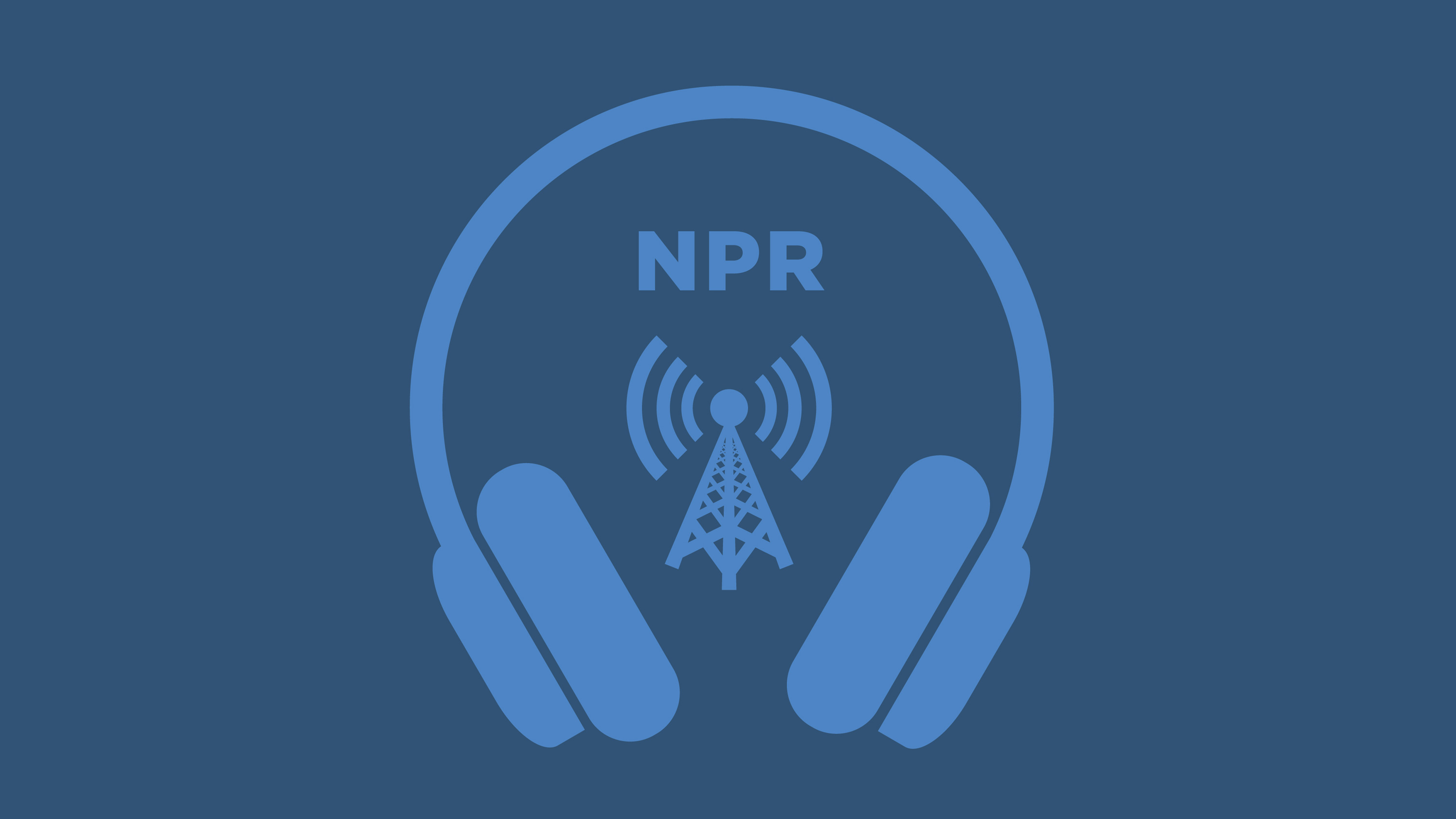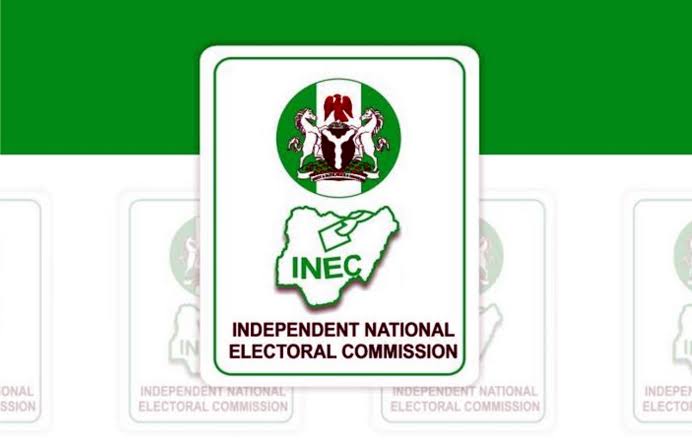
Here’s what most people don’t realize: Every InMail a recruiter sends costs money. Until recently, it was about $3 a message. Now LinkedIn has announced an update charging closer to $21. That means recruiters are looking at your profile and asking themselves, “Is this person worth spending $21 on?”
Your job is to make that answer an easy yes.
What recruiters really see
Recruiters do not scroll through your whole profile at first. In LinkedIn Recruiter, they set filters with more than 30 options such as location, years of experience, job titles, and skills. Then they get a short list.
Featured Video
An Inc.com Featured Presentation
On that list, here is what they see:
Your photo
Your name
Your headline (the line under your name)
Years of experience
Education
Skills match (if applicable)
Interests
Sometimes your current title and company
Each page shows 25 profiles side by side. The recruiter’s goal is to decide, in seconds, whether to click in and view more or keep scrolling. Follow these five steps to keep the recruiter’s attention.
Step 1: Fix your photo
No photo? You will probably get skipped. Bad photo? Same story.
Pro tip: Make sure your photo is visible to everyone, not just first-degree connections.
Choose a clear, professional, approachable headshot. No cropping yourself out of a wedding picture. No blurry vacation shots. A clean background, forward-facing, and a smile goes a long way.
Step 2: Choose the right way to signal you are looking
This one confuses a lot of people. There are actually two different “Open to Work” features on LinkedIn.
The green #OpenToWork banner around your photo. This is public. Everyone sees it. While it seems helpful, it often works against you. It can make you look less desirable to employers. I do not recommend it!
The private “Open to New Opportunities” setting. This is different. You can turn it on by clicking the “Open To” button on your profile and selecting “Finding a New Job.” Only recruiters using LinkedIn Recruiter see this. It does not show up to the public or your current employer. Even better, recruiters often review this group of candidates first when they run searches. Use it!
Skip the banner. Flip on the private setting. It signals to recruiters you are available without broadcasting it to the world.
Step 3: Rewrite your headline
Your headline is prime real estate. Too many people waste it by just listing their job title and company. Recruiters already see that elsewhere.
Use your headline to describe what you do and how you add value. Your job title and company already tell part of the story. Enhance it. Think of your headline as your personality multiplier.
Step 4: Upgrade your About section
The first thing you want to do is find two or three job descriptions for the role you want. Then use them as the foundation for your About section.
The About section is not where you tell your life story. It is where you sell yourself to a recruiter who has a job description open on their screen and make them say, “Wow, this person is doing exactly what this job description is asking for.”
Highlight the responsibilities and results those job descriptions have in common, and make sure they show up in your About section. Do not just write what you were responsible for. Quantify your impact. Talk about team sizes, budgets, revenue, or profits.
Pro tip: If your numbers are small, flip them into percentages:
Instead of “Managed a team of 4,” say “Doubled team size from 2 to 4.”
Instead of “Increased revenue by $200K,” say “Grew revenue 30 percent year-over-year.”
This language connects your experience directly to what the recruiter is looking for and makes you stand out from every other profile in the stack.
Step 5: Sharpen your experience
Details matter here.
Always connect your roles to the company’s logo, not a blank gray square.
For big-name companies: Skip the company description and highlight two or three measurable accomplishments.
For smaller companies: Add a quick line explaining what they do, then list your key wins.
Pro tip: If you have worked at both small and large companies, keep the format consistent. A clean, organized profile makes you look like a clean, organized hire.
Why it matters
If you are unemployed, the goal is to be worth the $21 bet recruiters make every time they send an InMail.
By fixing your photo, skipping the banner, upgrading your headline, tailoring your About section, cleaning up your experience, and quietly signaling “Open to New Opportunities,” you make it easy for recruiters to say yes.



